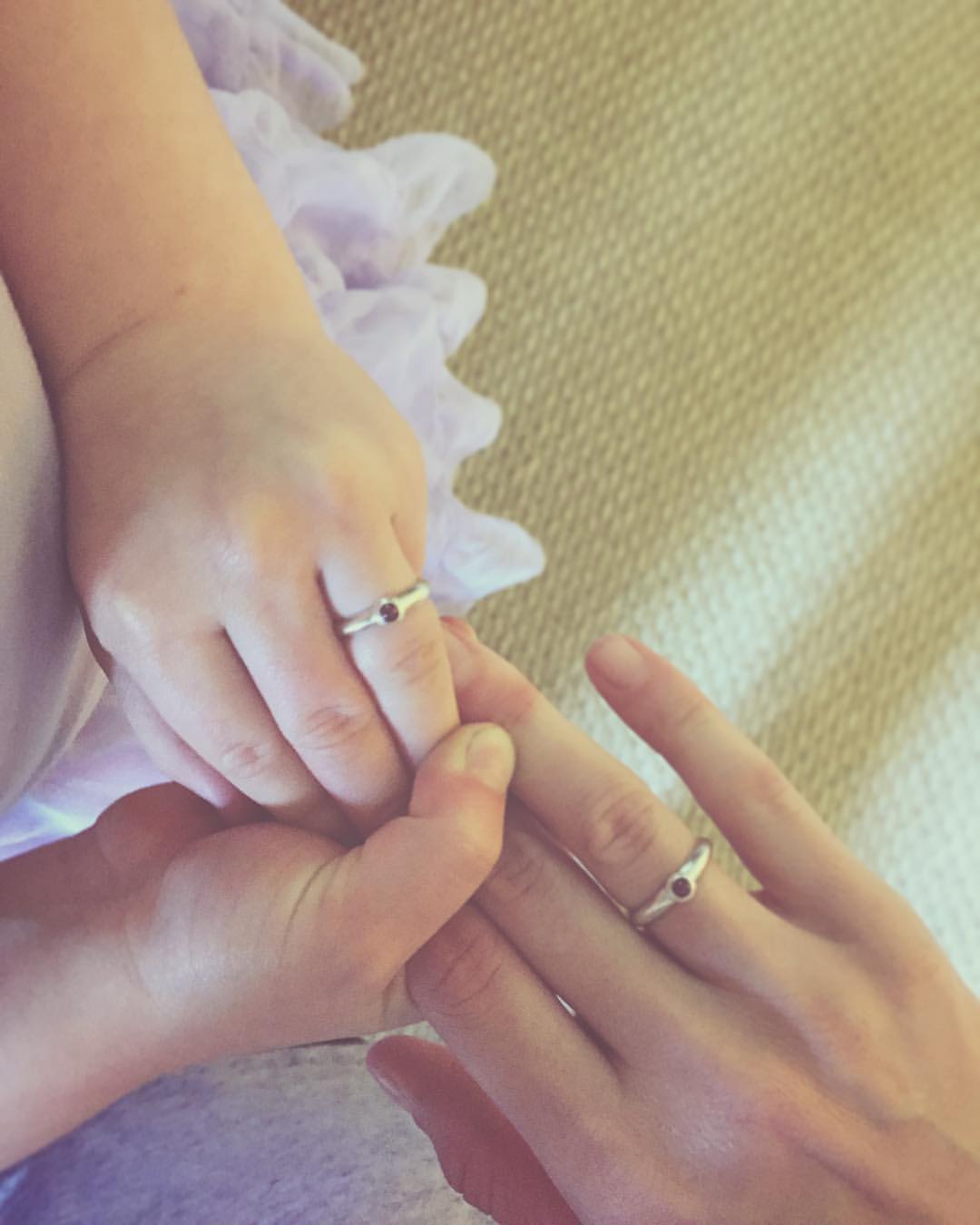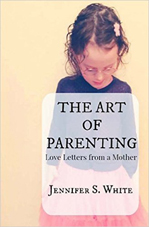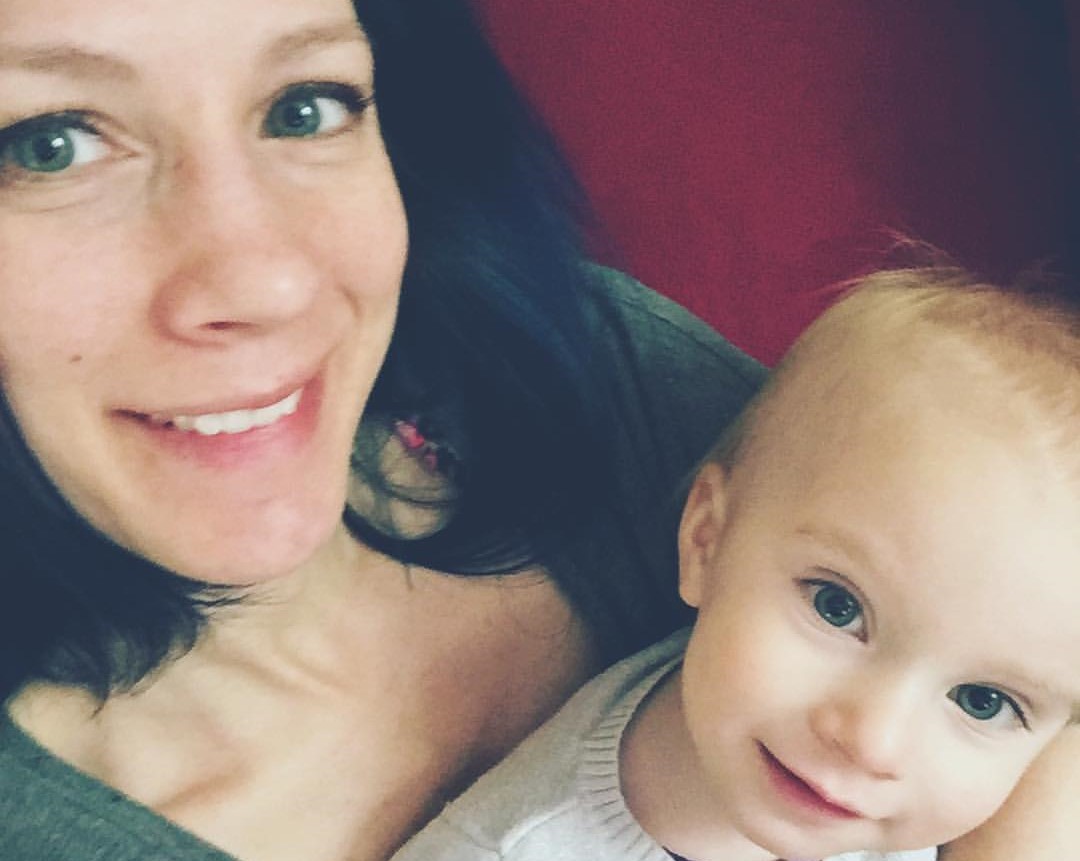How a Mother’s Heart Lets Go. {Part 2 in The Caged Girls.}
Part 2: The Caged Girls.
She sat alone in a chair, her legs folded neatly beneath her. Her heart felt not so neat.
She contemplated the day, how she had reacted to her small daughter, and she curled her legs more underneath her bottom; her metallic black shawl feeling like a much needed hug.
Her daughter’s crying from the day echoed in her brain, but now she sat with a brainless fashion magazine in her lap.
She thinks of how she longed to be a mother for years before finally emerging as one—knowing always that her children lie cocooned within her only waiting to make her the mommy she always felt she was—but her repeated daily failures make her feel selfish for wanting to actually have them.
She draws a smooth, tart sip of red wine. She normally drinks white.
The heater in the house comes on with a near-silent puff, but the old house’s quiet exposes the noise as almost offensively loud. She is not used to quiet.
She blinks her eyes closed—she honestly shuts them so tightly that little creases form along their outer edges. Firmly, she gives a final squeeze and then opens them, as if this will make the world more fictitiously shiny and wholesome, and her heart feel less dramatic.
She doesn’t like feeling that she’s dramatic, but the intensity of emotion builds so fully and so often for her lately that, frankly, she accepts she is, at least for now.
She notices that the tiny strawberry-hued ruby—the one that matches her daughter’s small, silver ring—has turned on her finger, as it shifts along the keyboard of her laptop. She turns it rightside up. It shifts to the other side of her finger.
Her life feels like this.
She moves and pulls and draws things to her—appointments held promptly as children are buckled into car seats; text messages sent with loving intention, but difficult execution—things like that. Life is not as practical, or as precise, as she tries to make it be.
Instead, her life meanders and takes its time, pausing with roadblocks to her carefully measured successes—and then often these are exactly the life experiences that shape and shift her as she moves through it.
She shifts in her seat and rises, thirsty for more than red wine.
She takes her jug of a water glass with her small hand and goes to the dispenser to fill it.
She feels the tingle in her breasts, reminding her that the baby will need to nurse soon, and thinks of one daughter holding onto the side of the shopping cart as her husband pushes it; her other daughter nestled in it, in her baby car seat.
She turns the ruby ring again and consciously lifts her breastbone to the ceiling—an obvious yet subtle shift of confidence, and of resilience too.
She tips the red wine glass towards her mouth and takes the smallest taste. She wills her heart to work itself into a stronger muscle.
Strength is not increased by tightening or force. She knows from having scoliosis that a tight, short muscle is not a strong muscle. Rather, a muscle with both suppleness and firmness is most advantageous.
She feels a brief letting go in her heart muscle as she decides to honor that she is only having a workout—an exercise session of sorts—by being challenged with her strong-willed, equally passionate children.
Being more comfortable and able to understand herself in this way, she decides to stop here for the evening. To pause. To rest. To let go.










